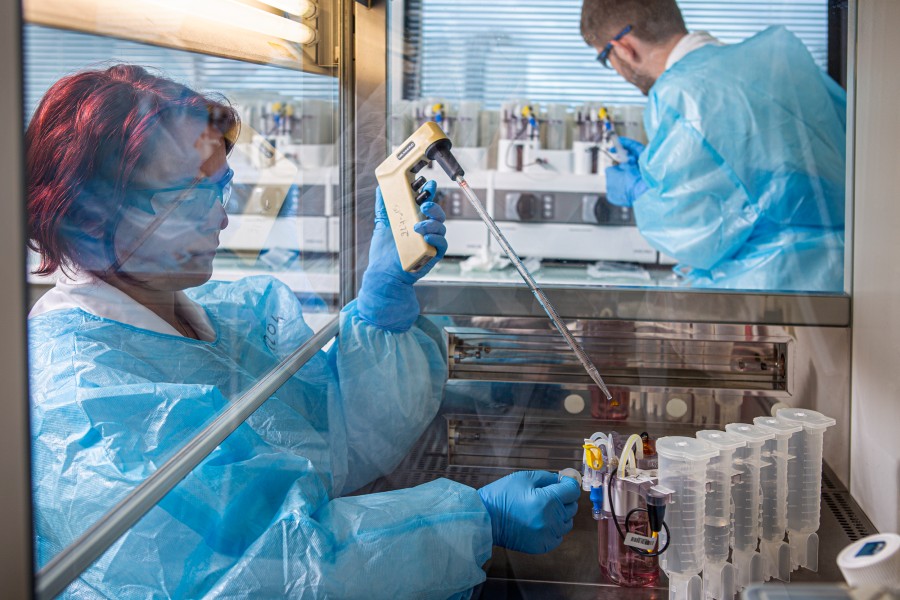Gene Therapy Revolution: Généthon and Eukarÿs Team Up to Slash Production Costs

Revolutionizing Biomanufacturing: Cutting-Edge Enzyme Technology Promises Higher Viral Vector Yields
A groundbreaking collaboration is set to transform viral vector production by integrating Eukarÿs' innovative C3P3 engineered enzyme technology with adeno-associated virus (AAV) vector manufacturing. This strategic partnership aims to dramatically enhance biomanufacturing efficiency, potentially accelerating the development of gene therapies and advanced medical treatments.
The C3P3 enzyme technology represents a significant leap forward in biotechnological innovation, offering a sophisticated approach to improving viral vector production. By adapting this advanced enzymatic system to work seamlessly with AAV vectors, researchers hope to unlock unprecedented yields and streamline the complex process of viral vector manufacturing.
This breakthrough could have far-reaching implications for the biotechnology and pharmaceutical industries, potentially reducing production costs and increasing the scalability of critical therapeutic technologies. As gene therapy continues to emerge as a promising medical frontier, such technological advancements are crucial in making these innovative treatments more accessible and efficient.

